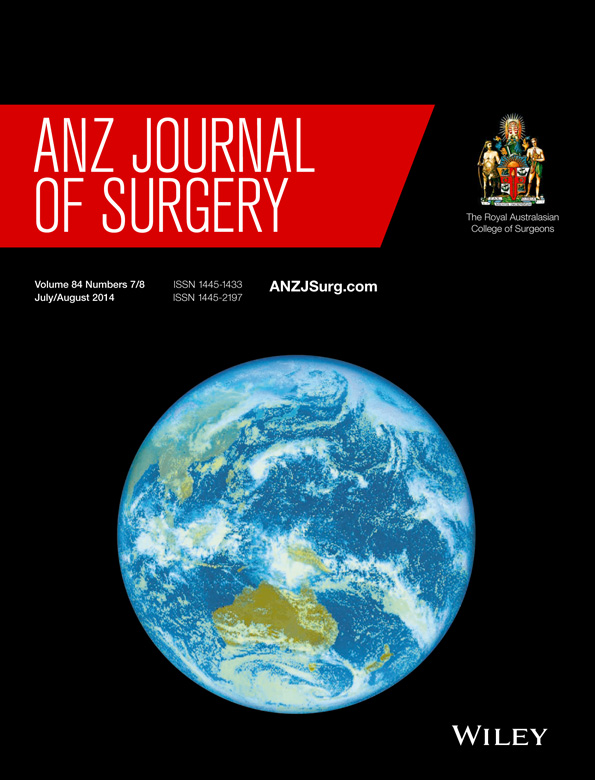Positive magnetic resonance imaging findings in the asymptomatic wrist
Abstract
Background
Magnetic resonance imaging (MRI) is being increasingly utilized to define pathology and guide treatment in patients presenting with wrist pain. The clinical relevance of MRI identified or confirmed pathology has not been established, and the prevalence of asymptomatic MRI pathology is not known.
Methods
Twenty volunteers with no previous wrist injury or symptoms underwent bilateral MRI wrist studies in this exploratory diagnostic study. The scans were reported by an experienced musculoskeletal radiologist and an experienced wrist surgeon, with a consensus reached on each report.
Results
There were 3.15 positive MRI findings per wrist. There were 126 positive findings (range 1–6 per wrist). Sixty-eight ganglia were identified. Eleven ligament tears or perforations were also identified. Increased joint fluid was seen at many sites, most frequently adjacent to the piso-triquetral joint.
Conclusion
The accuracy of MRI in identifying triangular fibrocartilage complex tears, intercarpal ligament tears and carpal bone osteonecrosis is rapidly being refined. Positive MRI findings are common and may be coincidental in patients with wrist pain. MRI findings need to be correlated closely with clinical examination and history.




